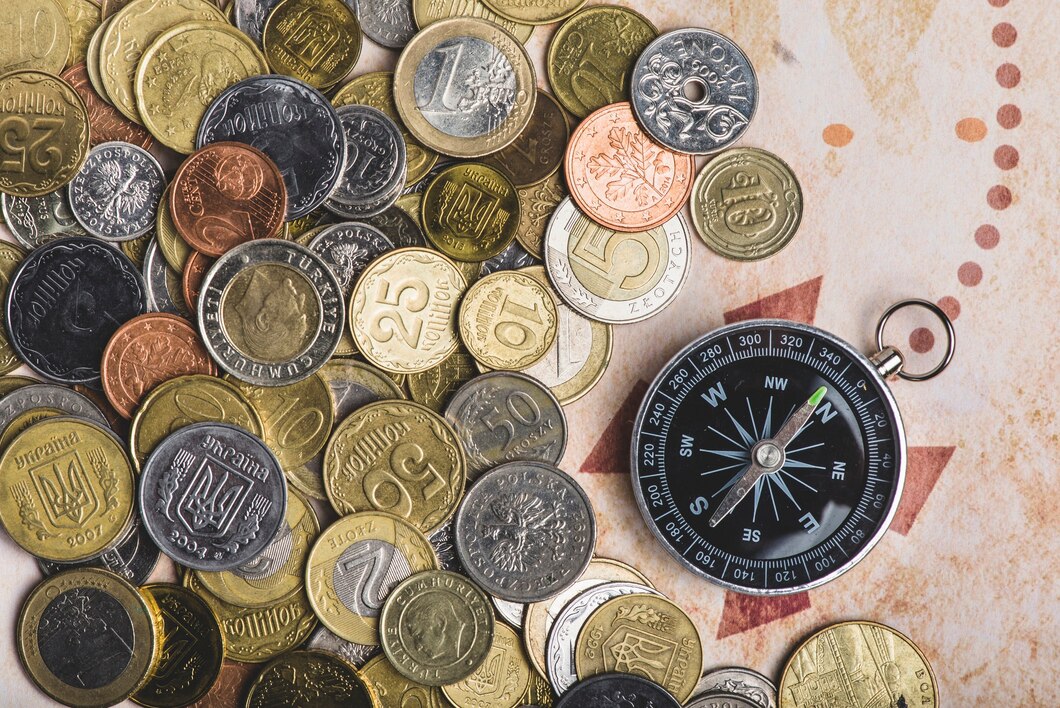
Rare coin collecting is a fascinating hobby that blends history, artistry, and investment potential. Whether you’re drawn to ancient coins, limited mintages, or modern commemorative pieces, starting a coin collection can be both rewarding and enjoyable. This guide will help you navigate the basics of building a rare coin collection, from choosing your focus to understanding value and preservation.
1. Why Start a Rare Coin Collection?
Collecting rare coins offers several benefits, making it an appealing hobby for enthusiasts of all ages.
- Historical Value: Each coin has a story to tell, offering a glimpse into the past through its design, inscriptions, and origin.
- Artistic Appeal: Coins often feature intricate designs, showcasing the craftsmanship of their era.
- Investment Opportunity: Rare coins can appreciate in value over time, making them an attractive asset for collectors and investors alike.
- Educational Experience: Learning about coins expands your knowledge of history, geography, and economics.
2. Decide on a Collection Focus
Starting with a clear focus can help you build a cohesive and meaningful collection. Here are some popular themes:
- Historical Eras: Focus on coins from a specific time period, such as ancient Roman coins or colonial-era American currency.
- Country or Region: Collect coins from a particular country, like U.S. coins or European gold pieces.
- Denominations or Types: Target specific coin types, such as silver dollars, gold eagles, or half-pennies.
- Commemorative Coins: Collect limited-edition coins celebrating significant events or anniversaries.
By narrowing your focus, you can make informed decisions and develop expertise in your chosen area.
3. Understand Coin Grading and Value
Rare coin values depend on several factors, making it essential to understand grading and pricing.
Grading:
Coin grading evaluates a coin’s condition, which directly impacts its value. The Sheldon Scale, ranging from 1 (poor) to 70 (perfect uncirculated), is commonly used.
- Mint State (MS): Coins with no wear, rated MS-60 to MS-70.
- About Uncirculated (AU): Coins with minimal wear, rated AU-50 to AU-59.
- Circulated Grades: Coins with noticeable wear but still collectible.
Value Factors:
- Rarity: Limited mintage or unique historical significance increases value.
- Condition: Well-preserved coins command higher prices.
- Demand: Popular themes or coins sought by collectors can drive up prices.
- Metal Content: Coins made from gold, silver, or platinum have intrinsic value based on metal prices.
Consult resources like the Red Book of United States Coins or professional appraisers for accurate pricing information.
4. Where to Buy Rare Coins
Finding reputable sources is crucial to starting your collection with confidence.
- Coin Shops: Local dealers often have a wide selection and can provide expert advice.
- Coin Shows: These events bring together collectors and dealers, offering a variety of coins for sale or trade.
- Online Marketplaces: Websites like eBay and Heritage Auctions offer extensive options, but ensure the seller is trustworthy.
- Mint Websites: Purchase modern commemorative coins directly from national mints, such as the U.S. Mint or the Royal Mint.
Always verify the authenticity of coins and request certifications from recognized grading services like PCGS or NGC.
5. Proper Care and Storage
Preserving the condition of your coins is essential for maintaining their value and beauty.
Storage Tips:
- Use Coin Holders: Protective cases or albums prevent damage from handling or environmental exposure.
- Avoid Humidity: Store coins in a dry, climate-controlled environment to prevent tarnishing or corrosion.
- Handle with Care: Hold coins by the edges and avoid touching the surface to prevent oils from transferring.
Investing in high-quality storage solutions ensures your collection remains pristine for years to come.
6. Join the Coin Collecting Community
Engaging with fellow collectors can enhance your experience and provide valuable insights.
- Clubs and Organizations: Groups like the American Numismatic Association (ANA) offer resources, events, and networking opportunities.
- Online Forums: Websites and social media groups connect you with experienced collectors who can share tips and advice.
- Exhibitions and Events: Attend coin shows and conventions to expand your knowledge and collection.
Being part of a community adds a social and educational dimension to your hobby.
Starting a rare coin collection is an exciting journey that combines history, art, and investment. By choosing a focus, understanding grading and value, and sourcing coins from reliable sellers, you can build a collection that reflects your interests and grows in value over time. With proper care and community involvement, your rare coin collection can become a lifelong passion and a legacy to share.
